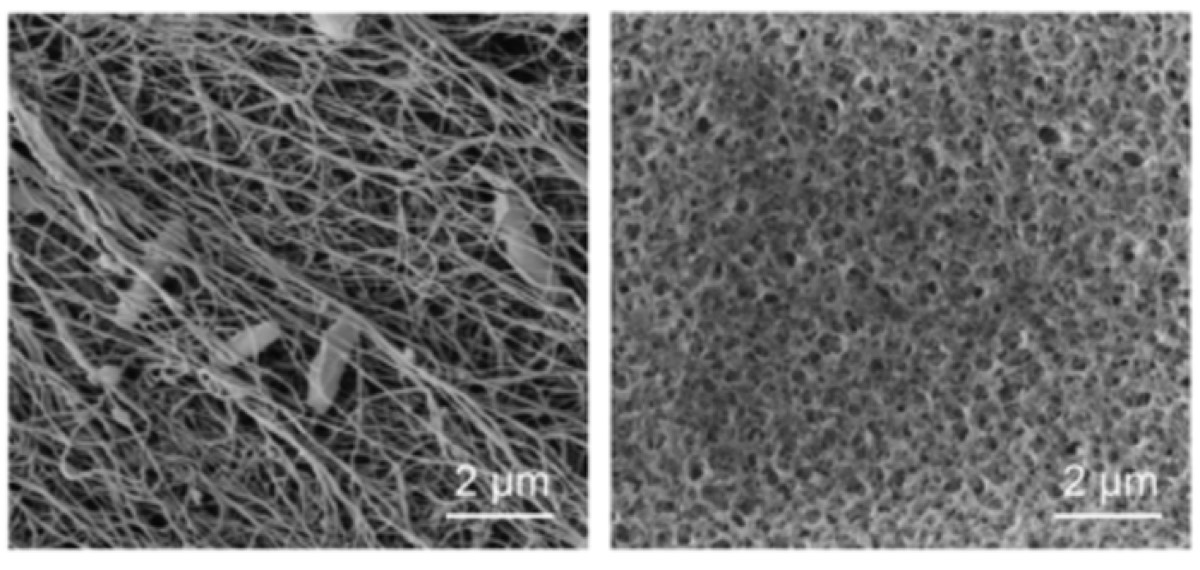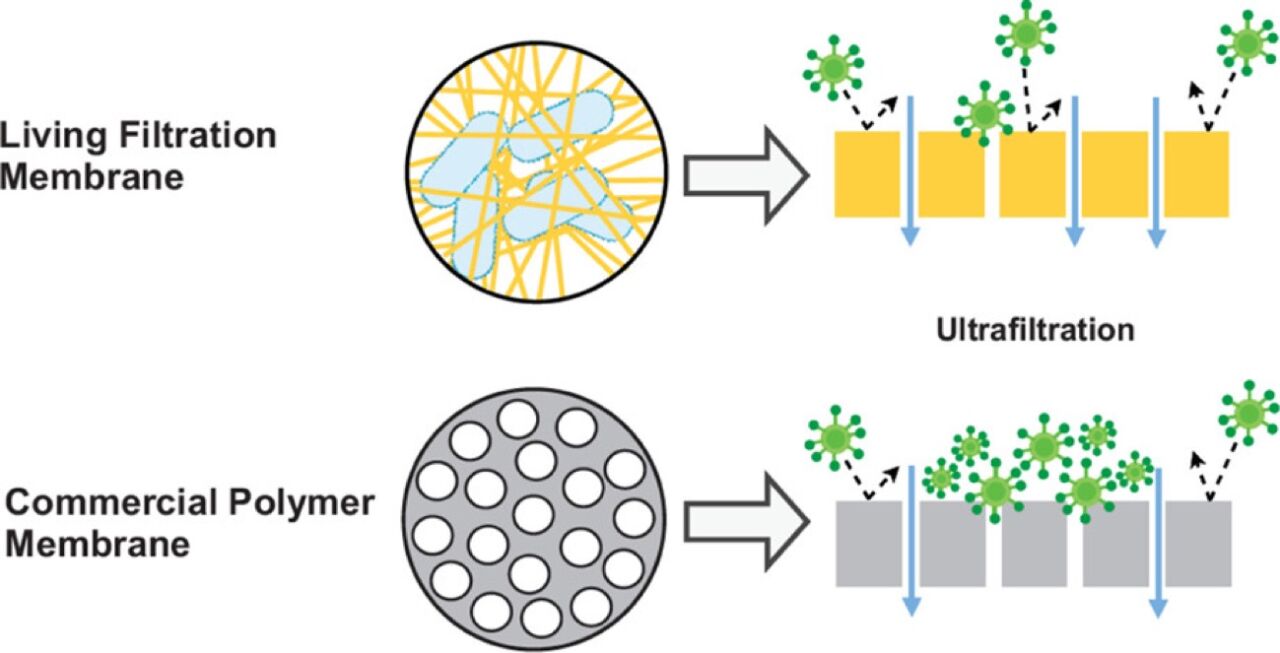Butterfly eggs
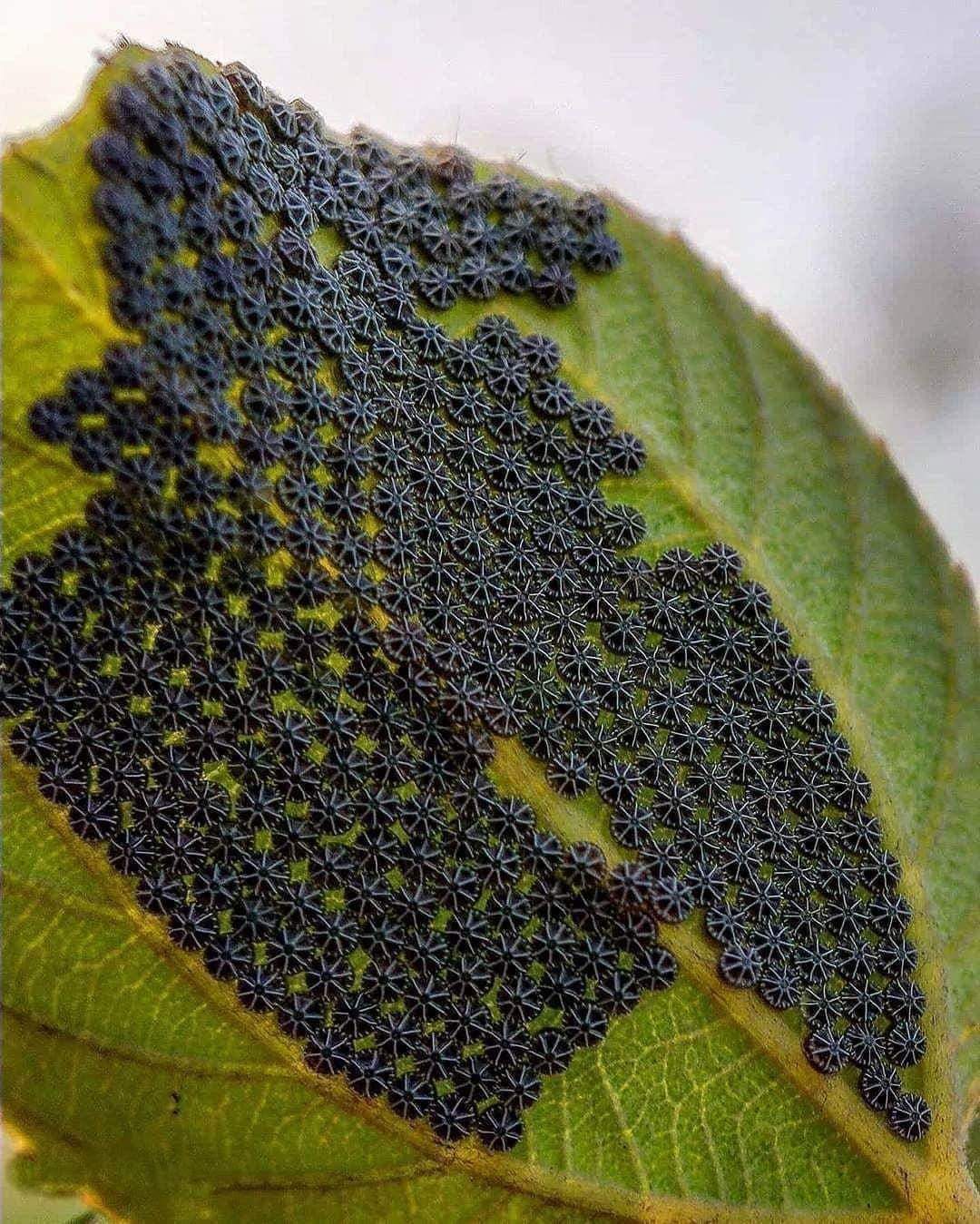
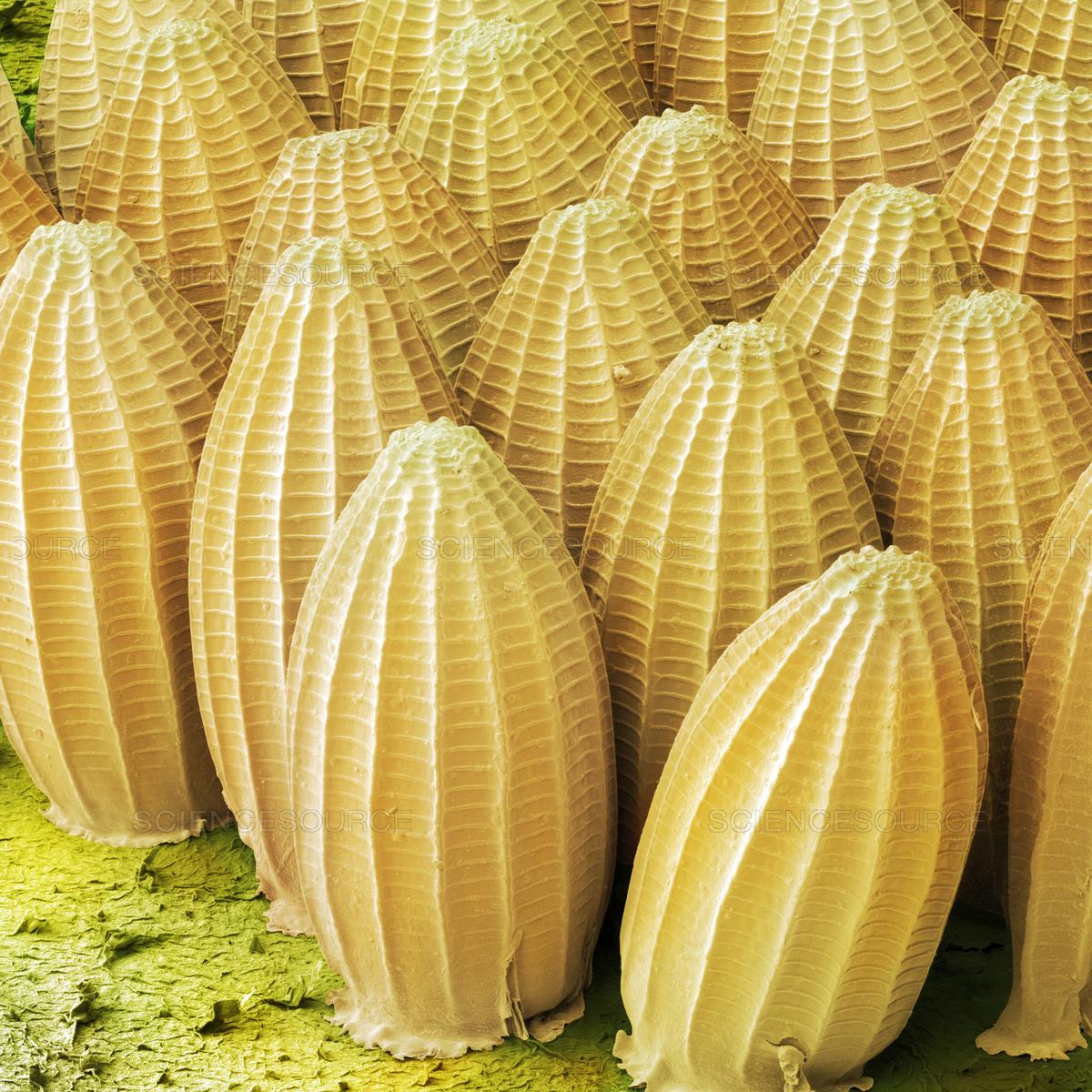
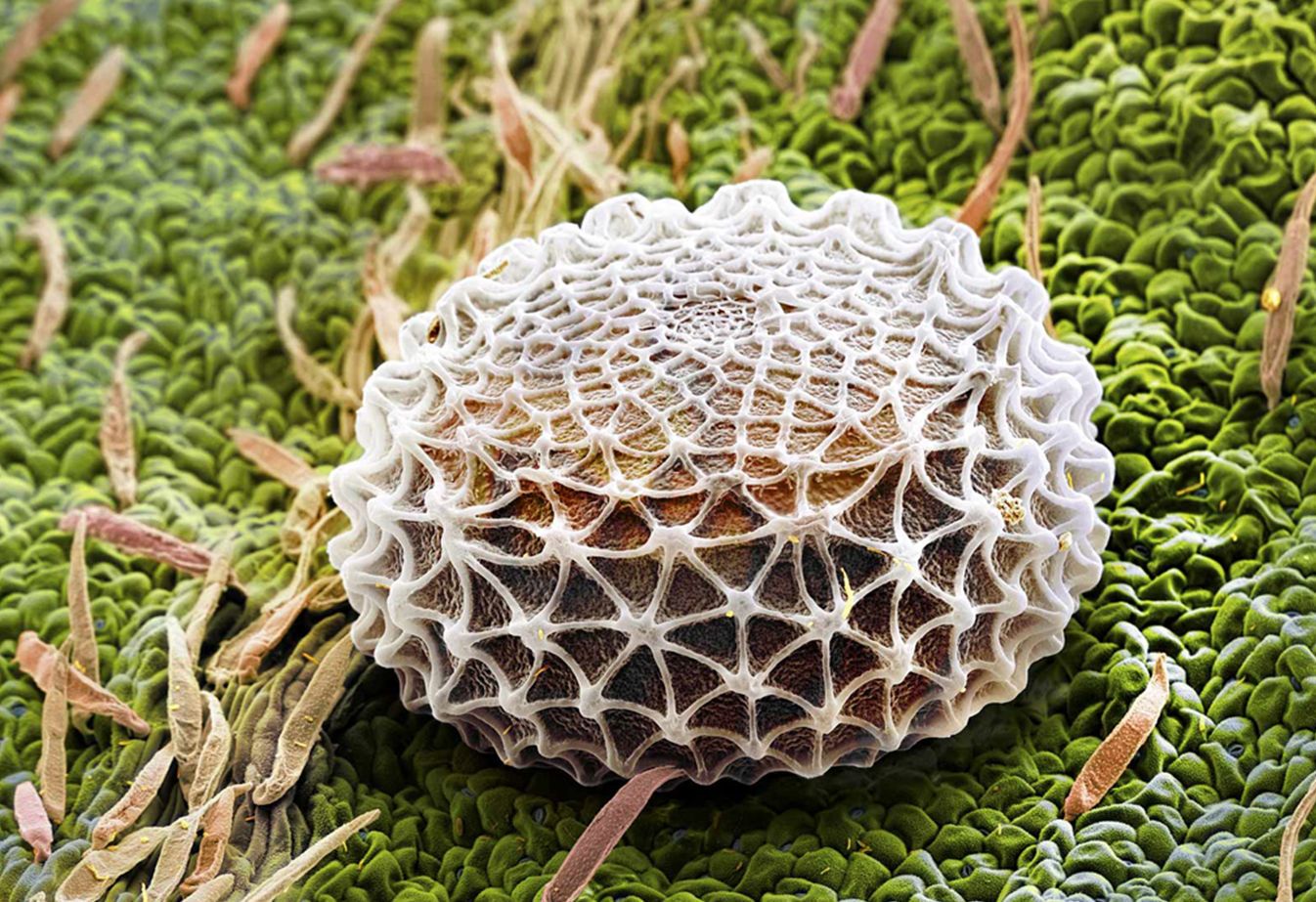
Your heart beats about 100,000 times in one day and about 35 million times in a year. During an average lifetime, the human heart will beat more than 2.5 billion times.
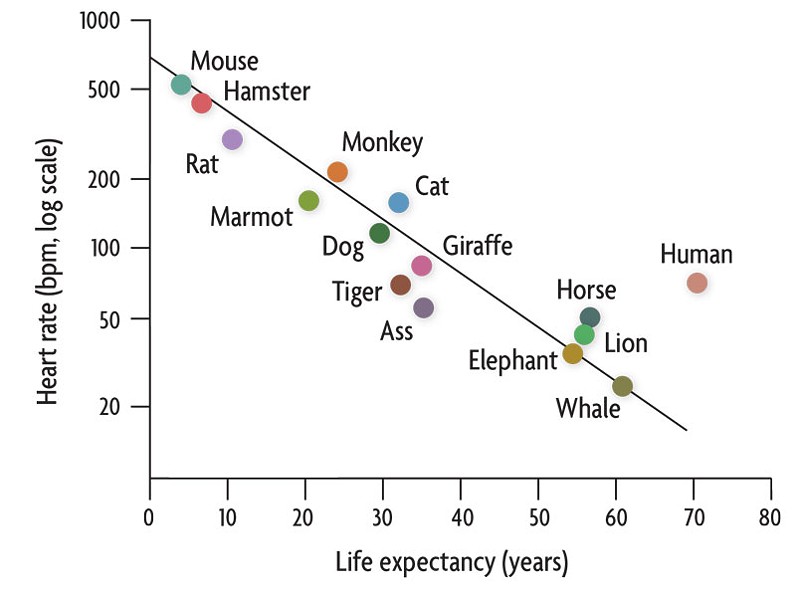
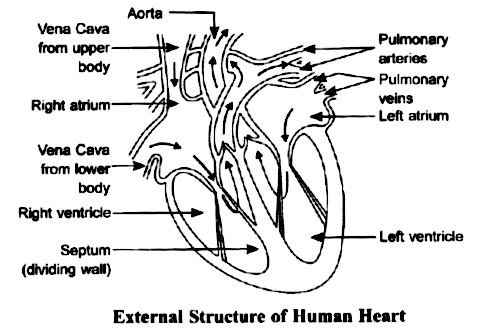
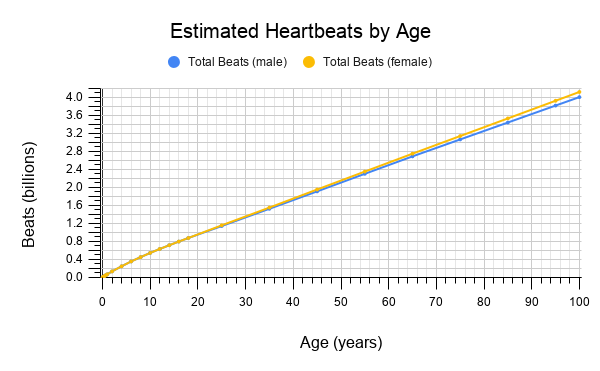
Largest Bacterium Ever Discovered Has An Unexpectedly Complex Cell (science.org)
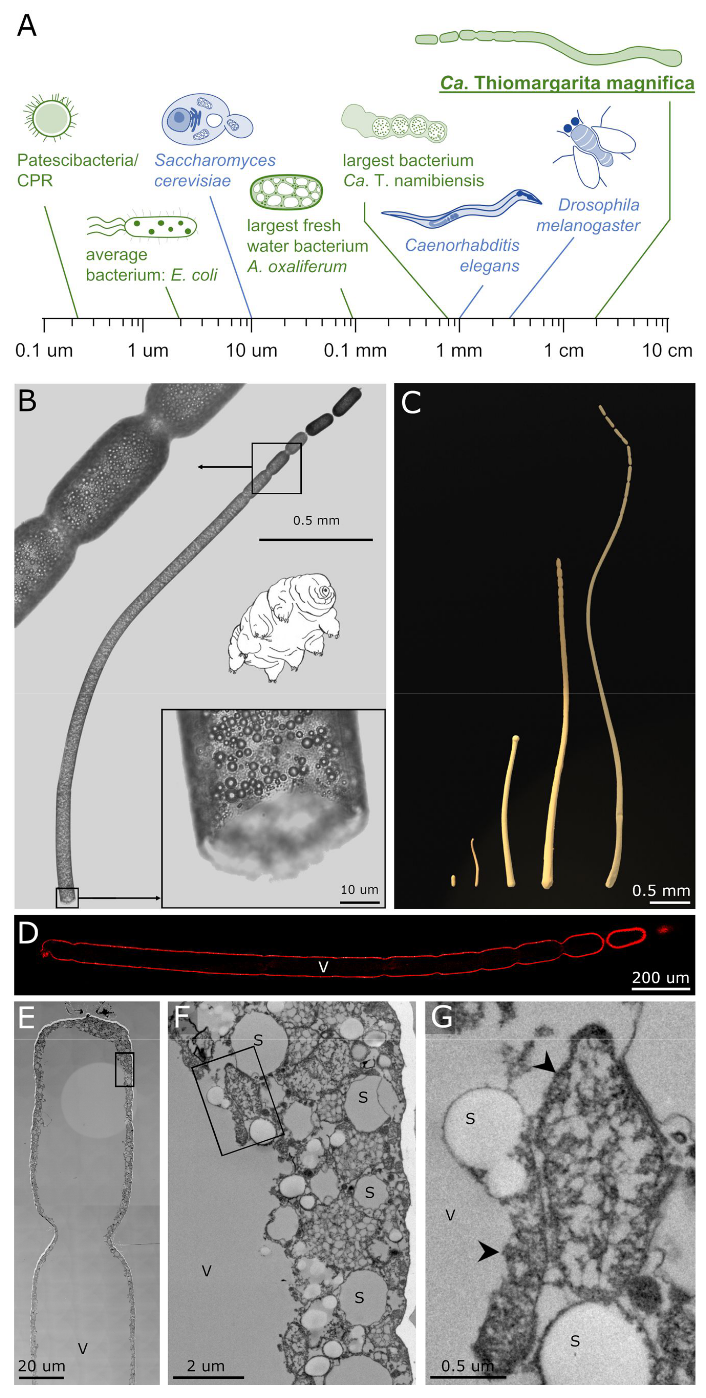
A newly described bacterium living in the Caribbean "is visible to the naked eye, growing up to 2 centimeters -- as long as a peanut -- and 5,000 times bigger than many other microbes," writes Elizabeth Pennisi via Science.org. "What's more, this giant has a huge genome that's not free floating inside the cell as in other bacteria, but is instead encased in a membrane, an innovation characteristic of much more complex cells, like those in the human body."
From the report:
The bacterium was unveiled in a preprint (PDF) posted online last week and it has astounded some researchers who have reviewed its features. Aside from upending ideas about how big -- and sophisticated -- microbes can become, this bacterium "could be a missing link in the evolution of complex cells," says Kazuhiro Takemoto, a computational biologist at Kyushu Institute of Technology.
Researchers have long divided life into two groups: prokaryotes, which include bacteria and single-cell microbes called archaea, and eukaryotes, which include everything from yeast to most forms of multicellular life, including humans. Prokaryotes have free-floating DNA, whereas eukaryotes package their DNA in a nucleus. Eukaryotes also compartmentalize various cell functions into vesicles called organelles and can move molecules from one compartment to another -- something prokaryotes can't. But the newly discovered microbe blurs the line between prokaryotes and eukaryotes. [...] Furthermore, that cell includes two membrane sacs, one of which contains all the cell's DNA, [researchers] report in their 18 February preprint on bioRxiv. Volland calls that sac an organelle and that's "a big new step" that implies the two branches of life are not as different as previously thought, [Verena Carvalho, a microbiologist at the University of Massachusetts, Amherst] says. "Perhaps it's time to rethink our definition of eukaryote and prokaryote!" agrees Petra Levin, a microbiologist at Washington University in St Louis. "It's a supercool story."
The other, water-filled sac may be the reason the bacterium could grow so big. [...] The DNA-filled sac, also squished along the inner edge of this bacterium, proved extraordinary as well. When researchers at the Department of Energy Joint Genome Institute sequenced the DNA inside, they found the genome was huge, with 11 million bases harboring some 11,000 clearly distinguishable genes. Typically, bacterial genomes average about 4 million bases and about 3900 genes. By labeling the DNA with fluorescent tags, [researchers] determined the bacterium's genome was so big because there are more than 500,000 copies of the same stretches of DNA. Protein production factories called ribosomes were inside the DNA-filled sac as well, likely making the translation of a gene's code into a protein more efficient.
Talks about Xenobots: From bioelectric embryos to synthetic proto-organisms
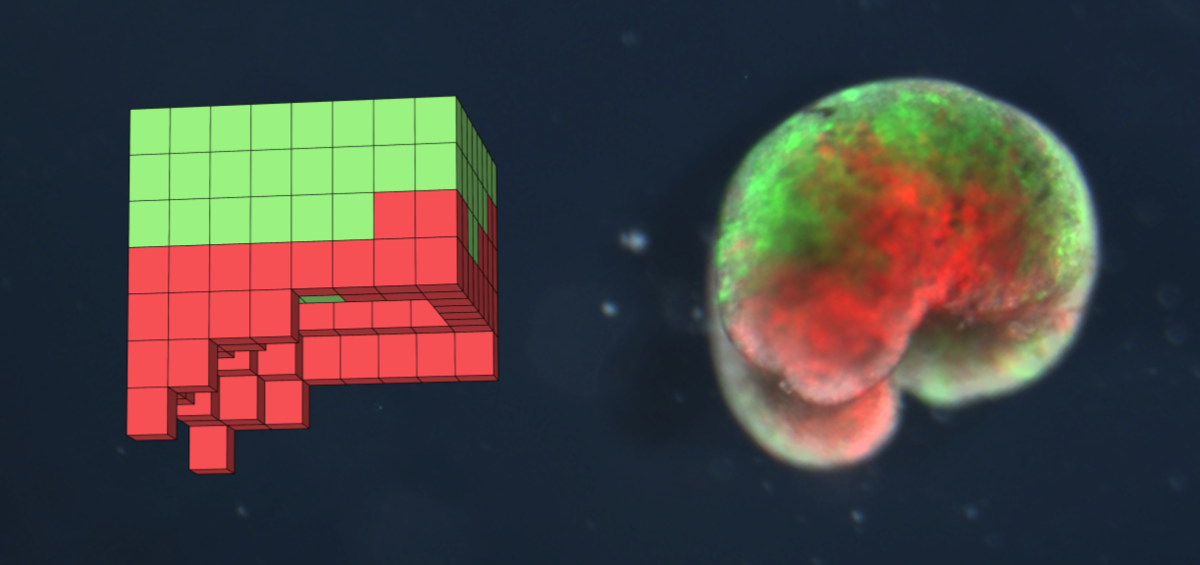
A Sixth Sense: Sharks and Electricity
Sharks exhibit an incredible sensitivity to their watery environment, including an extra sensory advantage: the ability to detect tiny electric signals. This "sixth sense" can help them locate meals, identify mates, and even, we believe, navigate the oceans. Hundreds of "electrosensors" sit embedded within a shark's head; in concert, they can discern changes as small as a billionth of a single volt. This talk brings together physics, chemistry, and biology to reveal how a creature can "see" the world electrically. Our speaker is Dr. Brandon Brown, Professor and Chair in the Physics Department at the University of San Francisco. Dr. Brown's Wonderfest presentation was recorded by Eric Yao on December 9, 2019, at HopMonk Tavern in Novato, California.
Biophysicist Adrianus Kalmijn Dies at 88
His work revealed that sharks use an electromagnetic sense to navigate and detect prey.
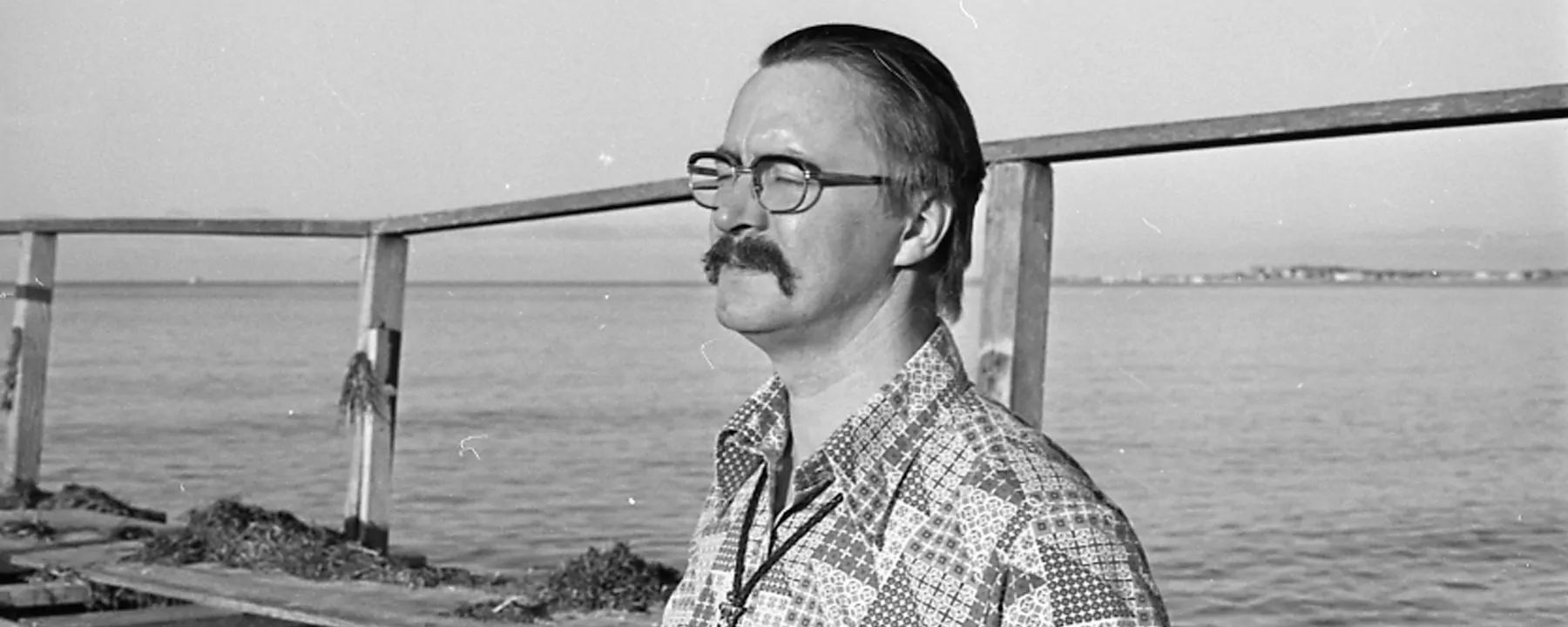
Adrianus Kalmijn: The Electric and Magnetic Sense of Sharks, SkaS, and Rays (1974)
This is one of the largest single-celled organisms in the world called Valonia ventricosa, also known as bubble algae or sailor's eyeballs, is a species of algae found in oceans throughout the world.
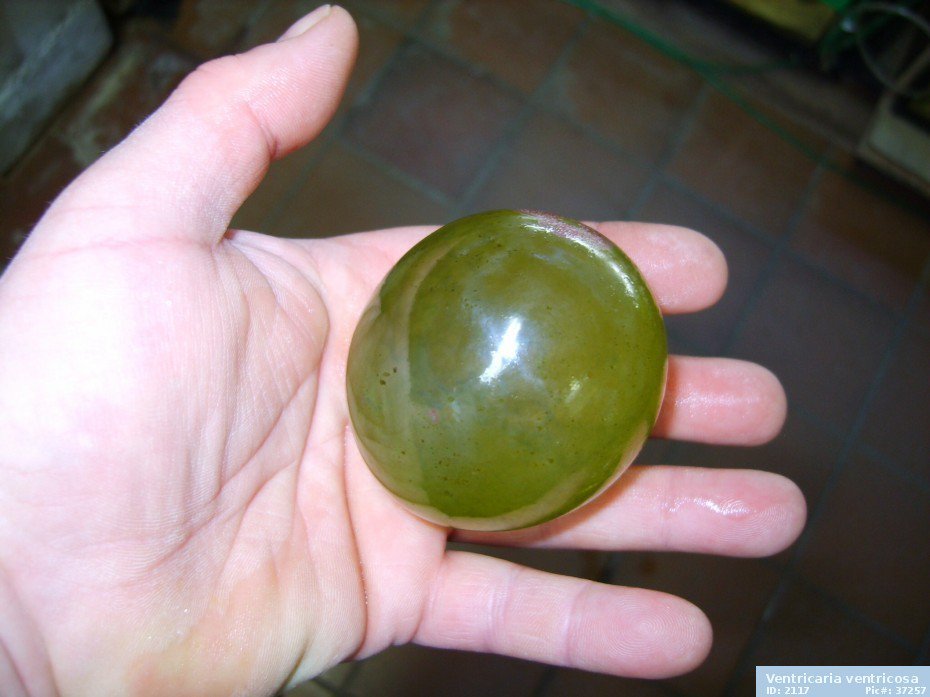
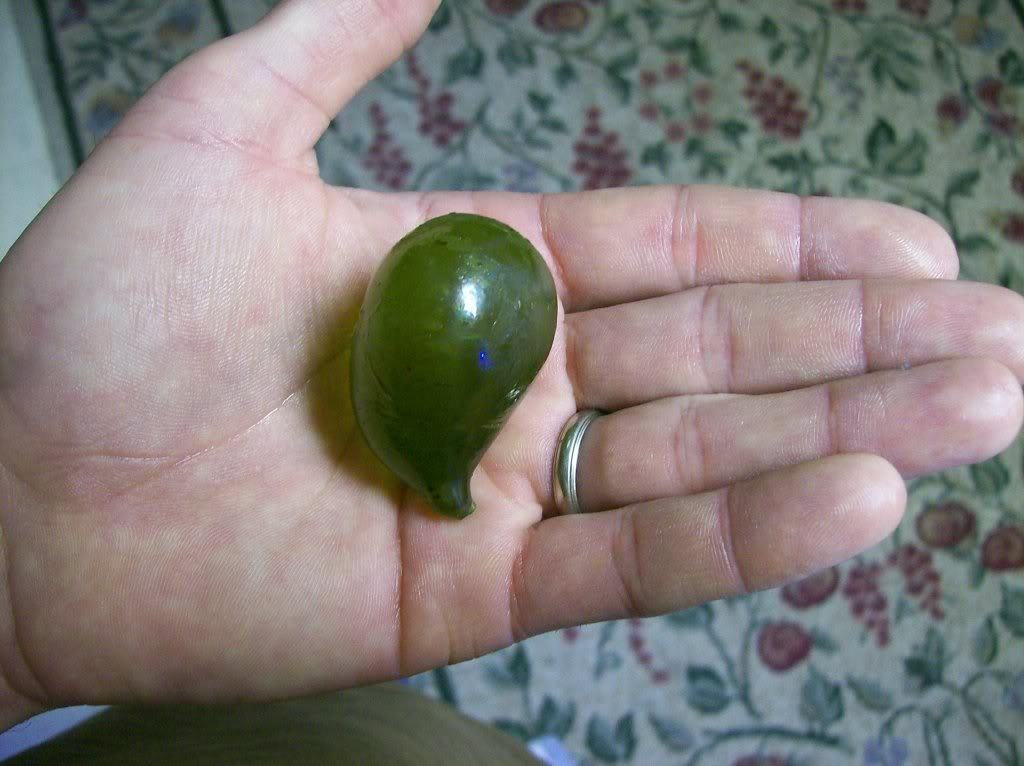
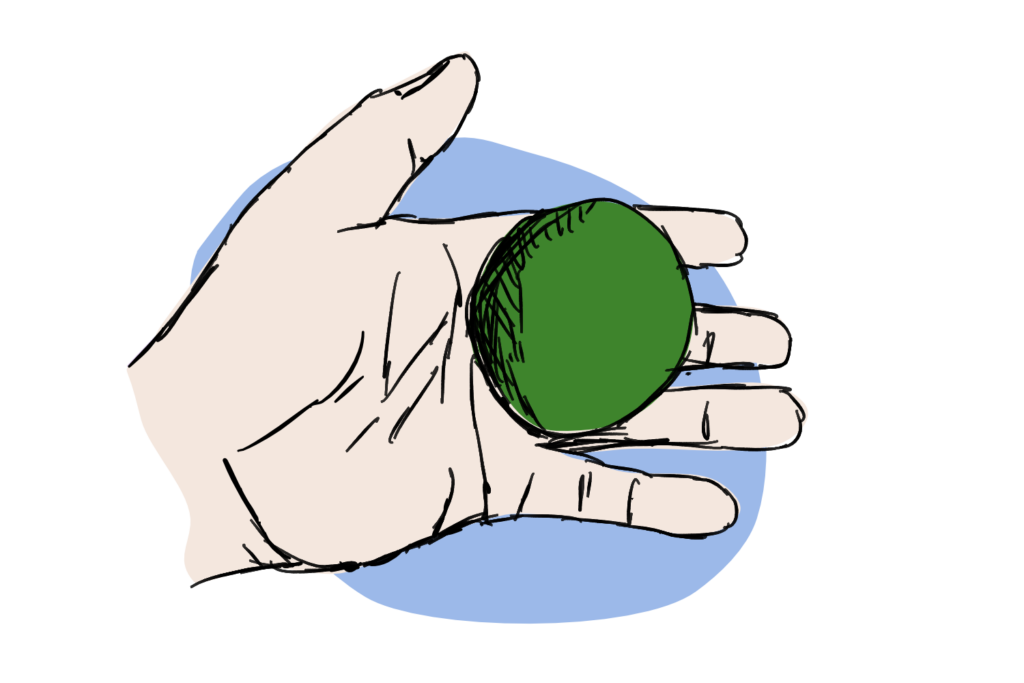
Kombucha cultures make excellent sustainable water filters, study finds - SCOBY-based membranes are more effective than commercial ones at preventing biofilms.

